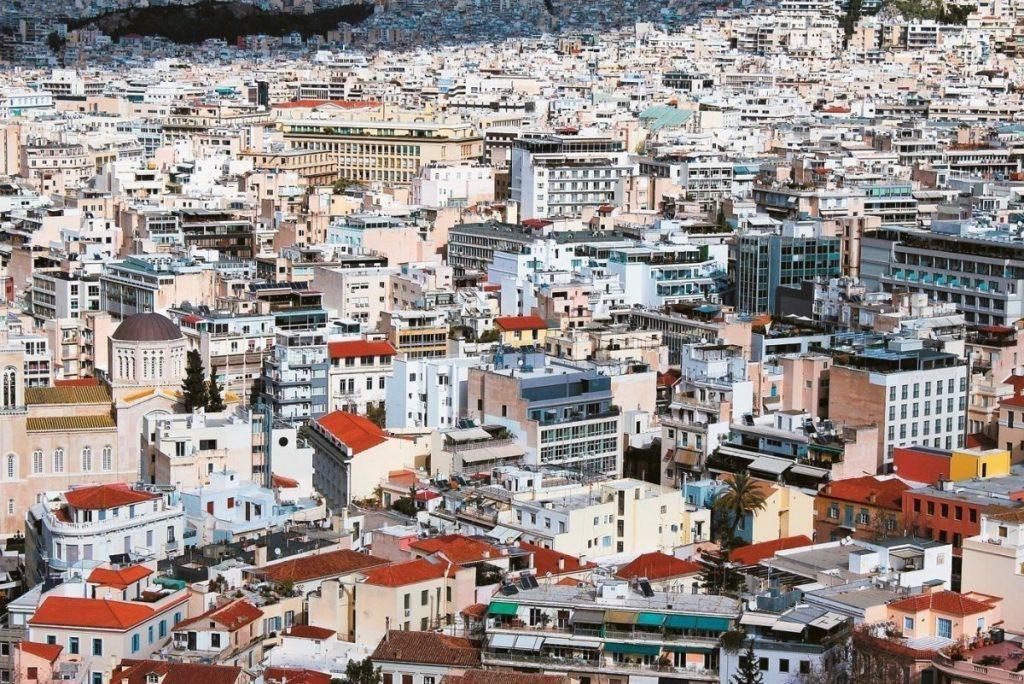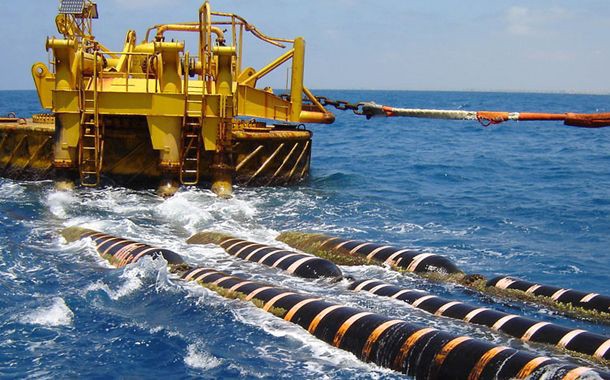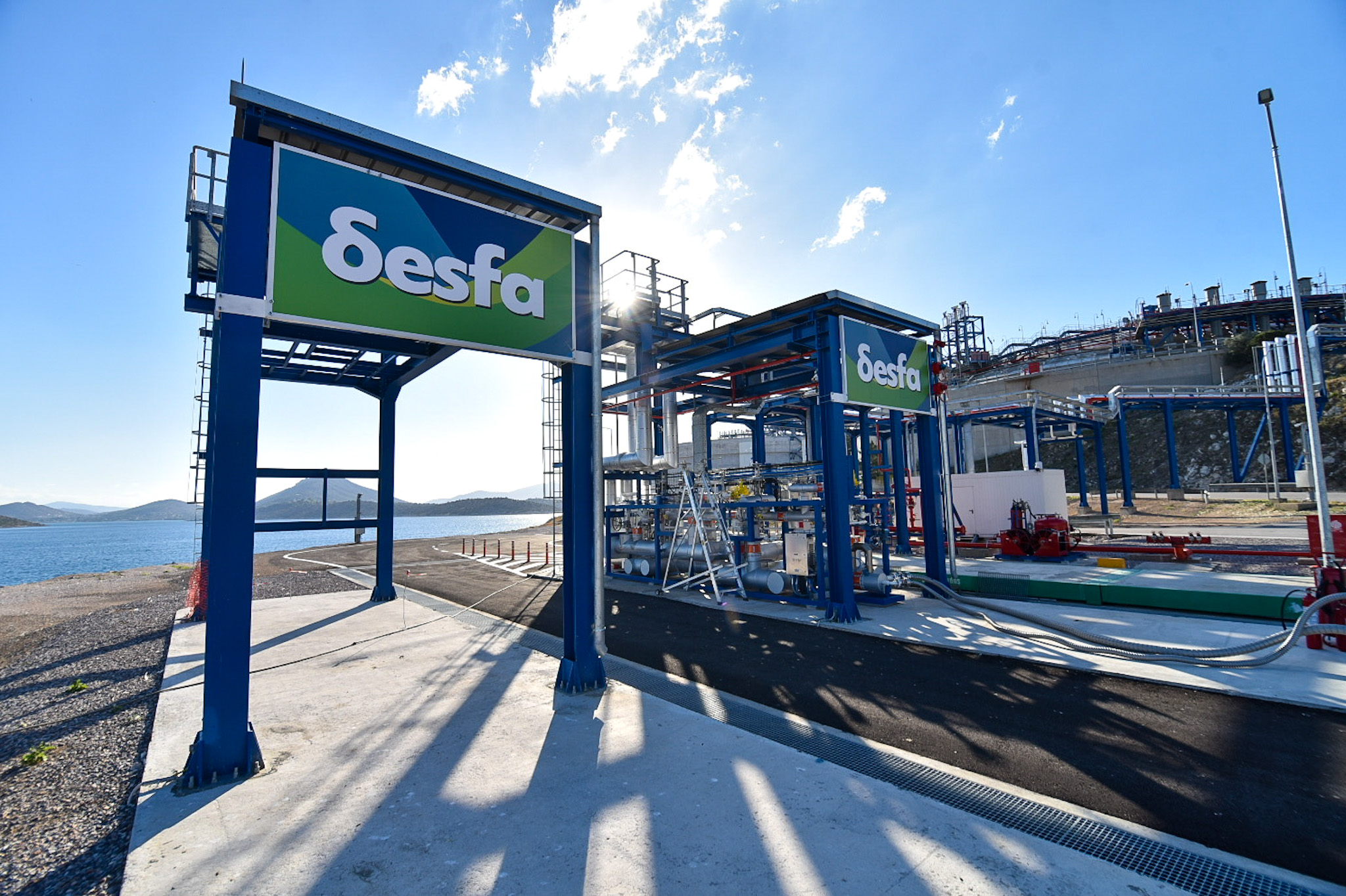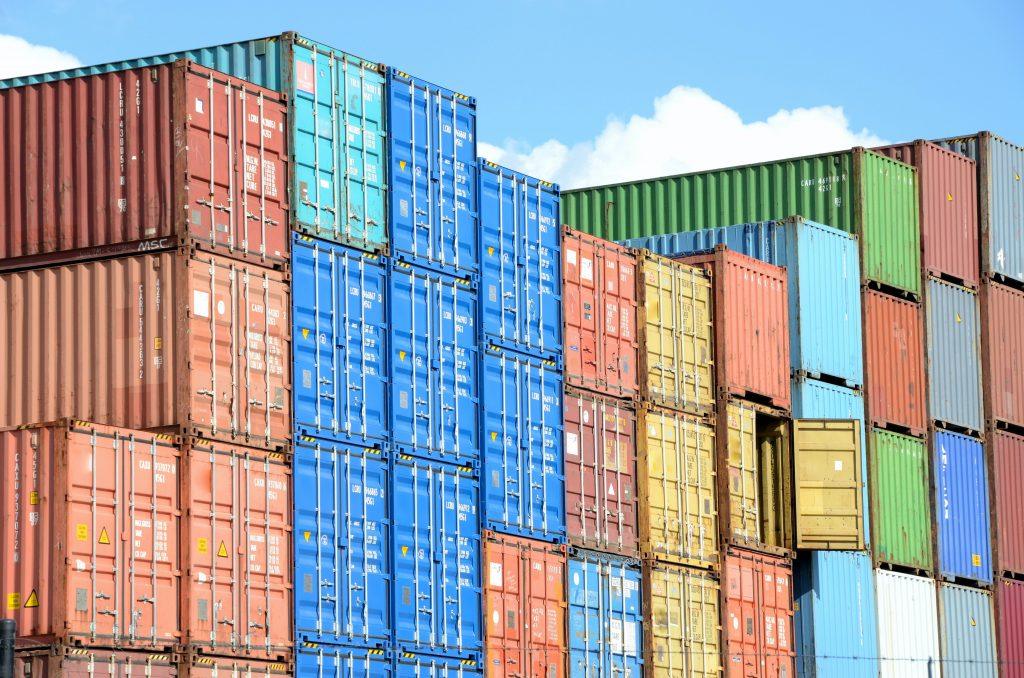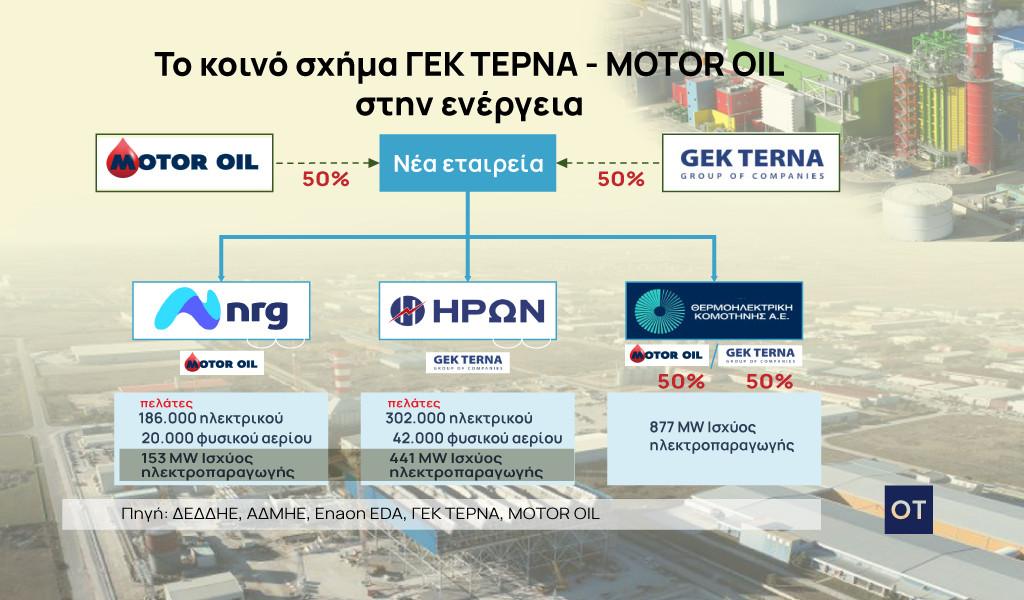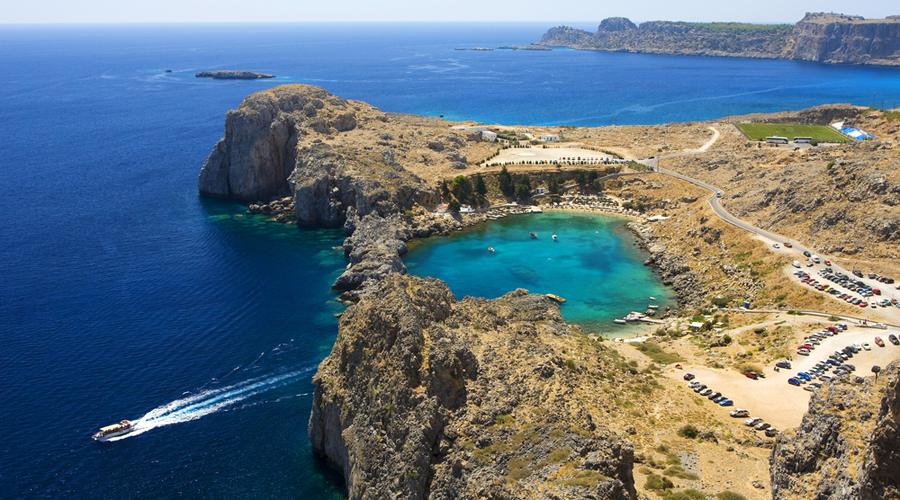About 3,760 metric tons of plastic are currently floating in the Mediterranean Sea, from its shores and surface to its bottom, according to a new Greek scientific study.
Researchers at the Institute of Oceanography of the Hellenic Center for Marine Research (ELKETHE), led by Dr. Costas Tsiaras, who published the relevant article in the Marine Science journal “Frontiers in Marine Science”, have developed a new model that quantifies waste coming from land (rivers, coastal cities, etc.) and ending up in Mediterranean waters.
Global plastics production has been growing every year since the 1950s. In 2019, an estimated 368 million tons of plastics were produced worldwide. A percentage of them end up in the seas and oceans every year.
Among them, a large number of invisible microplastics (up to five millimeters in size) and macroplastics (over five millimeters) are floating in the Mediterranean, a closed sea with a large problem of plastic pollution. The densely populated coasts, fishing, shipping, tourism etc. contribute to the problem. Given the great marine biodiversity in the Mediterranean, fears are expressed about the conservation of marine ecosystems.
Plastic pollution affects all levels of marine biodiversity, according to Greek researchers. Plastics of all sizes are found on the surface of the Mediterranean, on its shores, on its seabed and in the bodies of fish and other marine organisms. Some of these plastics end up being eaten by humans along with seafood.
Large “load”
ELKETHE scientists estimate that every year the Mediterranean receives a load of about 17,600 tons of plastics, of which 3,760 tons are currently floating in its waters. Of the total plastic pollution, it is estimated that 84% ends up on the beaches and the remaining 16% is dispersed in the water at greater depths or eventually falls to the bottom.
According to Dr. Tsiaras, microplastics are less abundant on the surface of the sea because they sink faster, while larger macroplastics, such as plastic bags, usually float for longer and longer distances. Indicatively, 50 micrometers (millionths of a meter) sink in less than a day, 200 micrometers in 3.5 days, 350 micrometers in two weeks, while those over one millimeter in size usually continuing to float.
Sources of smaller microplastics (up to 300 microns), such as biological treatment plants and wastewater treatment plants, are mainly located near large cities on the west coast of France, Spain and Italy. On the other hand, the largest microplastics (over 300 micrometers) are more common on the coasts of Greece, Turkey, Italy, the Middle Eas,t and North Africa.
Macroplastics abound off the coasts of Algeria, Albania and Turkey, as well as near coastal cities with large populations in France, Spain and Italy.
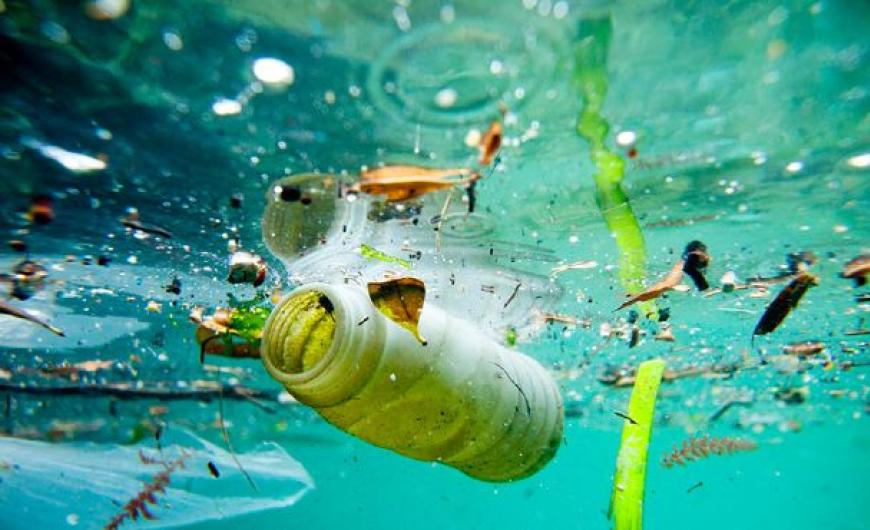






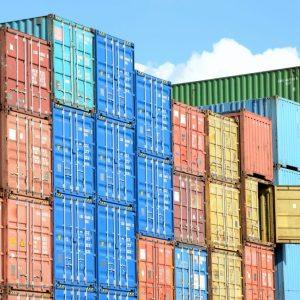







![Nvidia: Η κούρσα για το «έπαθλο» των 4 τρισ. δολαρίων [γράφημα]](https://www.ot.gr/wp-content/uploads/2025/01/ot_nvidia_down.png)
